Excessive gel leakage from ill-fitting trays or low-viscosity formulations can cause whitening agents to pool inconsistently—ironically triggering teeth yellowing instead of brightening. To help B2B manufacturers and channel partners safeguard end-user outcomes, our experts examine six critical facets of this hidden hazard and recommend actionable solutions.
First, understanding why gel escapes its intended boundaries is key:
Identifying these root causes enables targeted design improvements.
Next, examine the mechanism linking leakage to discoloration:
This cascade of effects undermines the “one-size-fits-all” whitening promise.
Moreover, unchecked gel leakage impacts both users and brands:
Proactive mitigation is therefore essential to maintain market competitiveness.
To control leakage at the source, incorporate these refinements:
Combining precision trays with smart delivery tames gel migration.
Beyond design, robust QMS and enablement keep standards high:
Empowering your channels turns product specs into real-world success.
Finally, an iterative feedback loop drives lasting results:
By closing the loop between field performance and R&D, you ensure ever-improving whitening reliability—and guard against teeth yellowing surprises.
Conclusion
While whitening gels promise dazzling smiles, uncontrolled gel leakage can reverse results into uneven bleaching and teeth yellowing. By addressing tray design, gel rheology, rigorous QC, partner training, and continuous feedback, B2B manufacturers can deliver truly predictable whitening outcomes. Contact us to co-develop leak-resistant, high-performance whitening systems that delight both clinicians and end users.

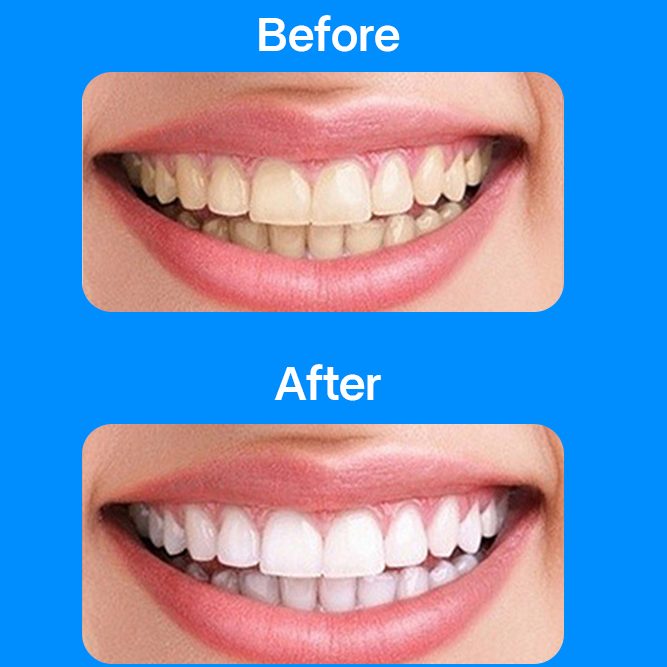
.jpg)
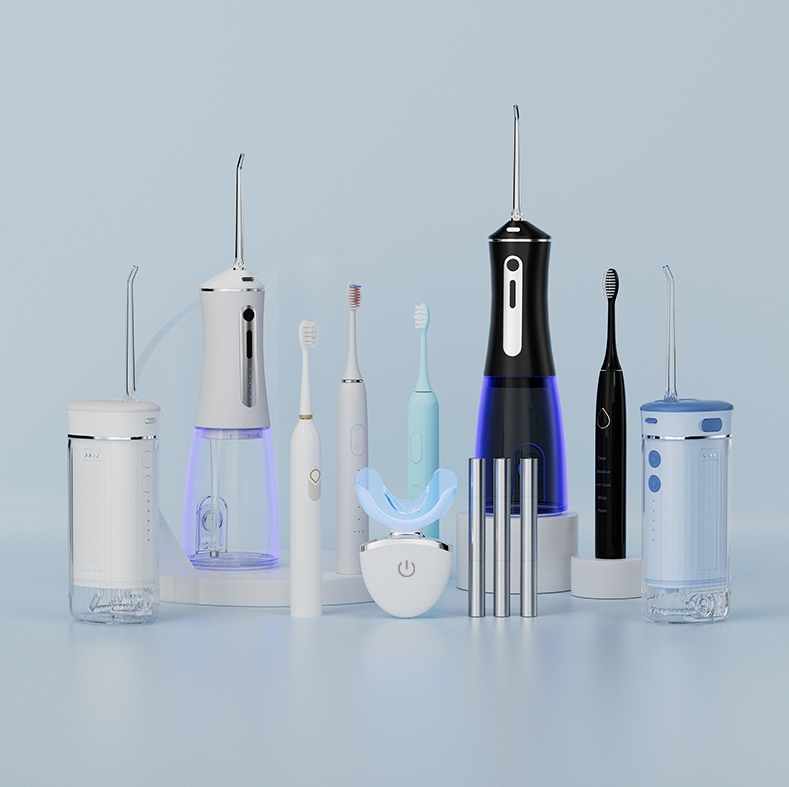
Solving the Common Issues of New Teeth Whitening Devices: Smart Countdown + How to Reduce 70% of Misoperations?
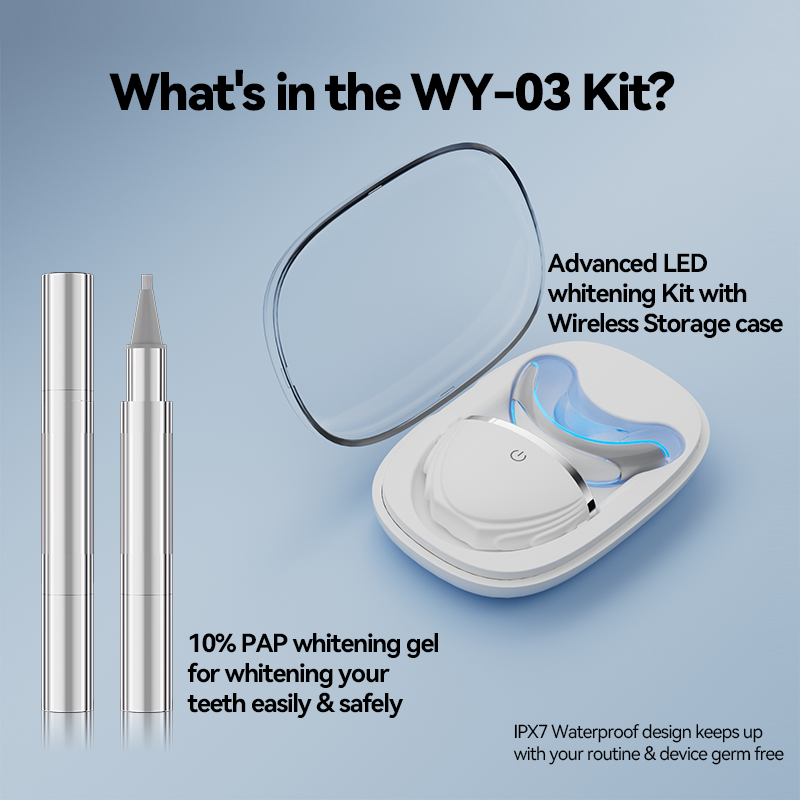
Red and Blue Light Teeth Whitening Device Aging Test Standard: 500 Hours of Continuous Working Reliability Verification
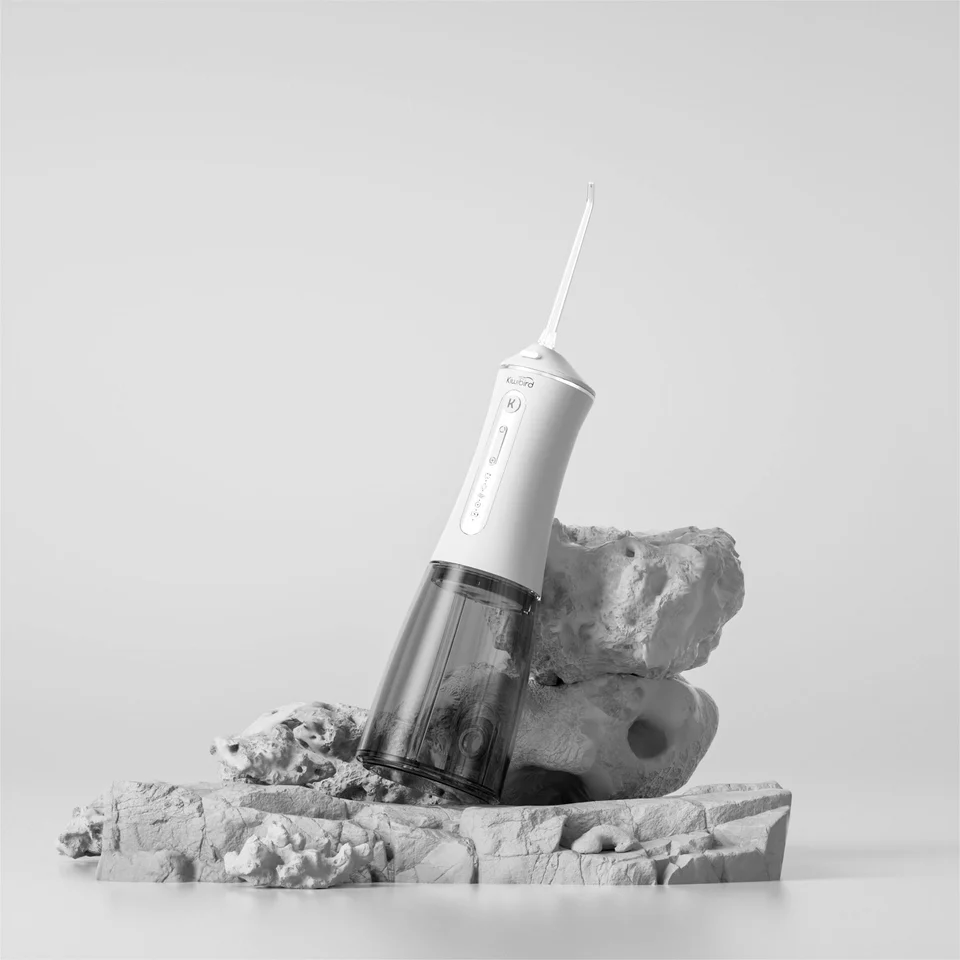
What Sets and Combinations of Oral Care Products Can Be Made to Promote Sales?

Is It Normal to Secrete a Lot of Saliva When Using a Teeth Whitening Device?

What is Teeth whitening LED light? Is it useful?

Tips to Select the Best Teeth Whitening Refill Kits Factories
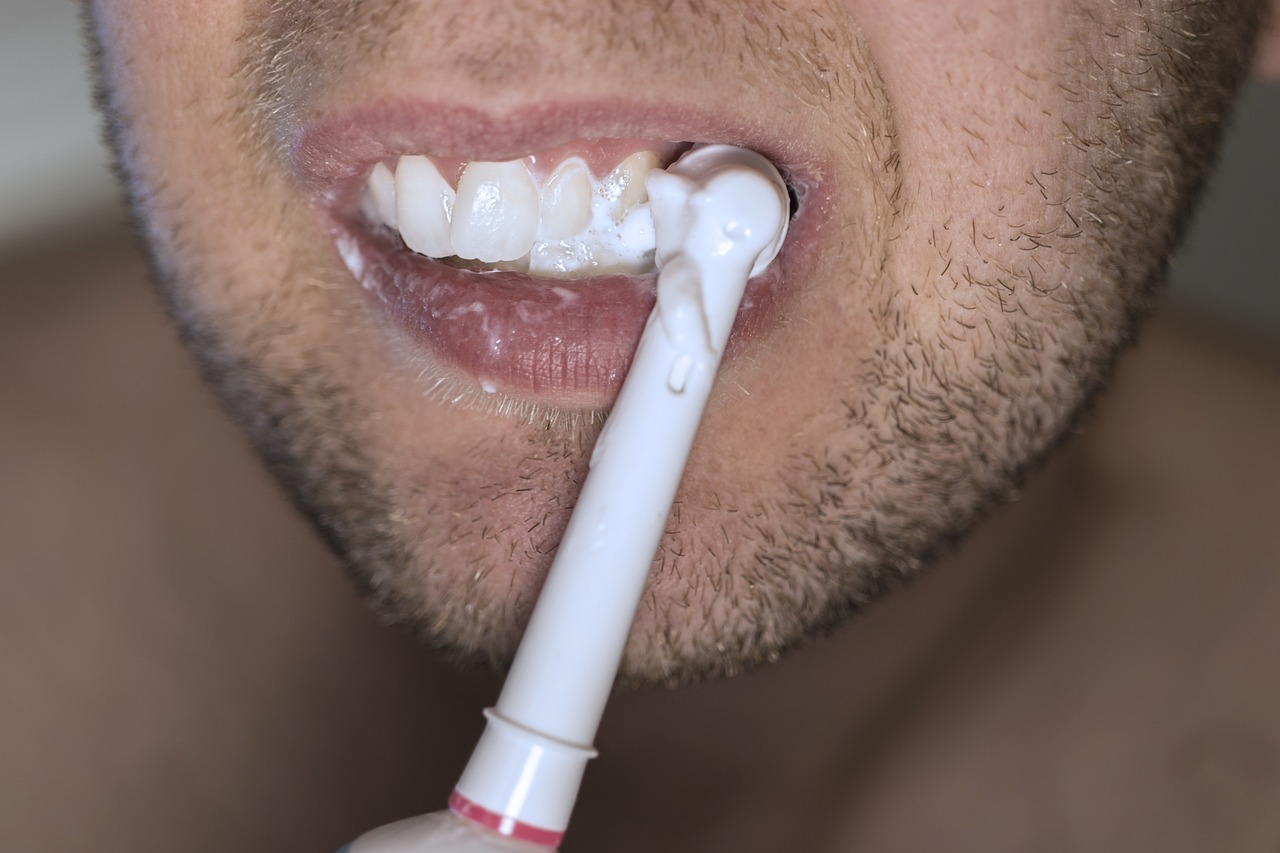
Is the Electric Toothbrush Market Growing?
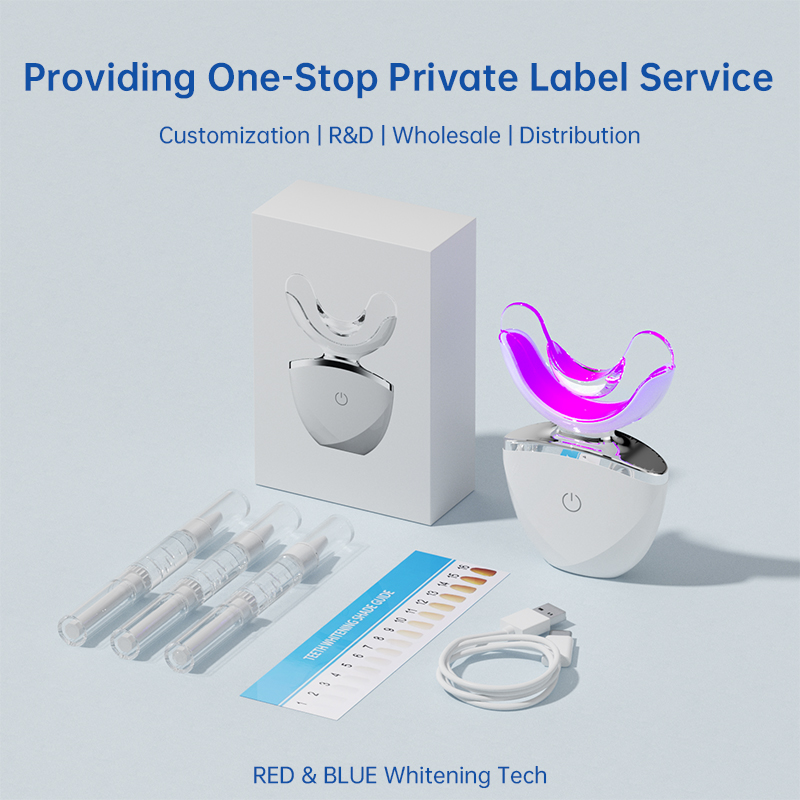
Teeth Whitening Kit OEM Manufacturing Compliance Standards
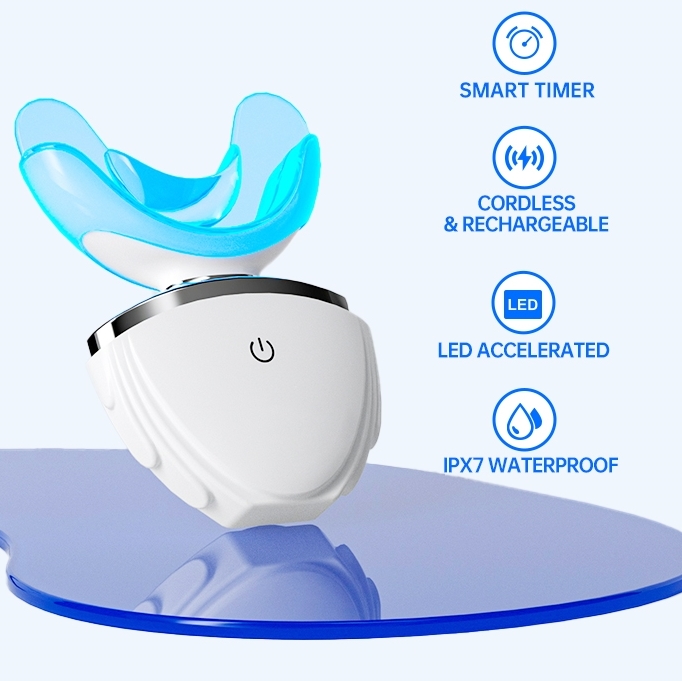
From a Chemical Perspective, Do Teeth Whitening Products Really Work?

How Dentists Start an Electric Toothbrush Business Introduction

Choosing the Right Teeth Whitening Device Supplier: A Useful Guide for Brand Customers

Does your electric toothbrush hit your teeth when brushing?
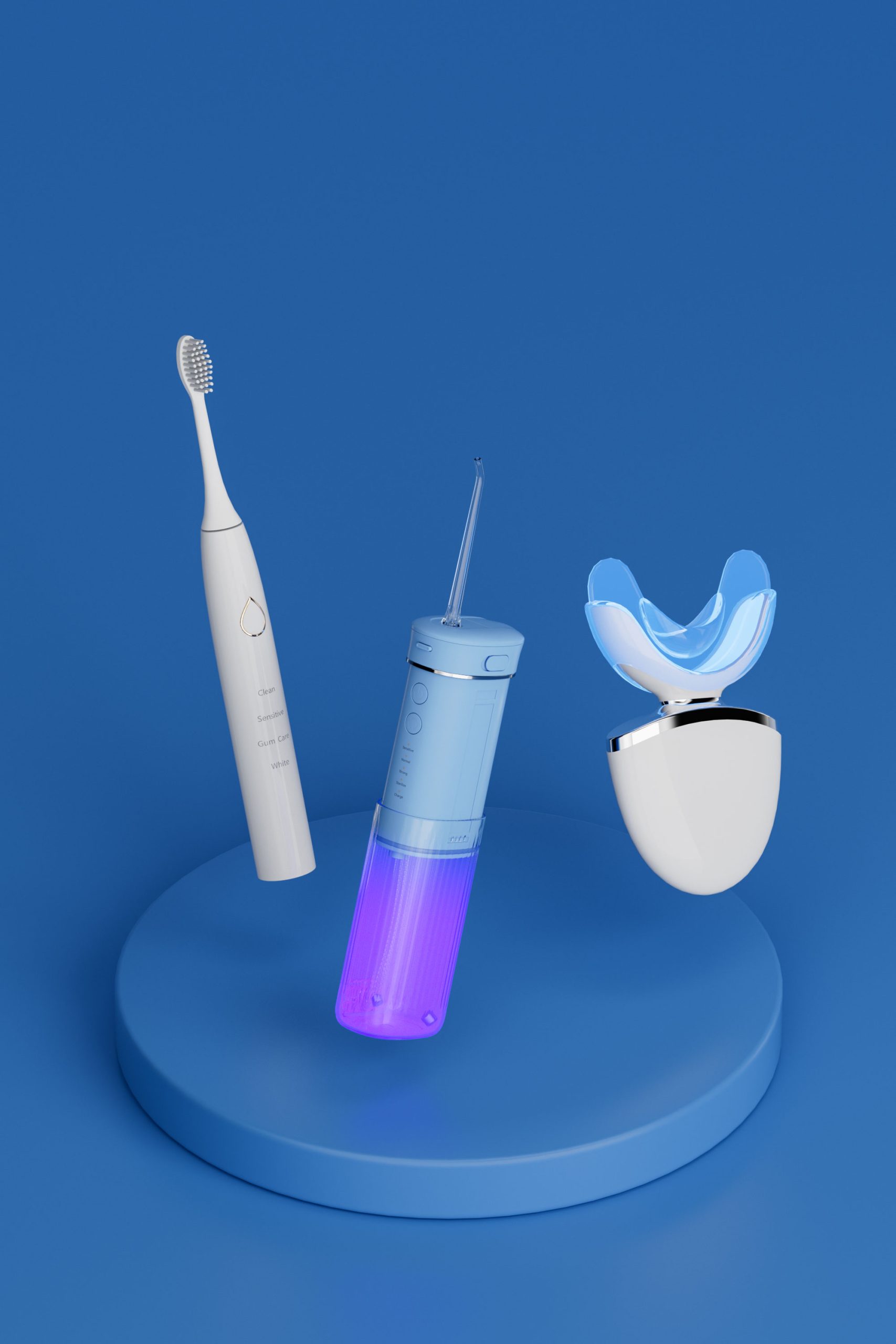
Private Label Teeth Whitening Kits with LED Technology: A Complete OEM Guide
-3-scaled.png)
Portable Teeth Whitening Device: How to Make It the Size of travel friendly but Maintain 100% Effectiveness?
Excessive Noise With Pulp Inflammation? Dual Threats From Electric Brushes!
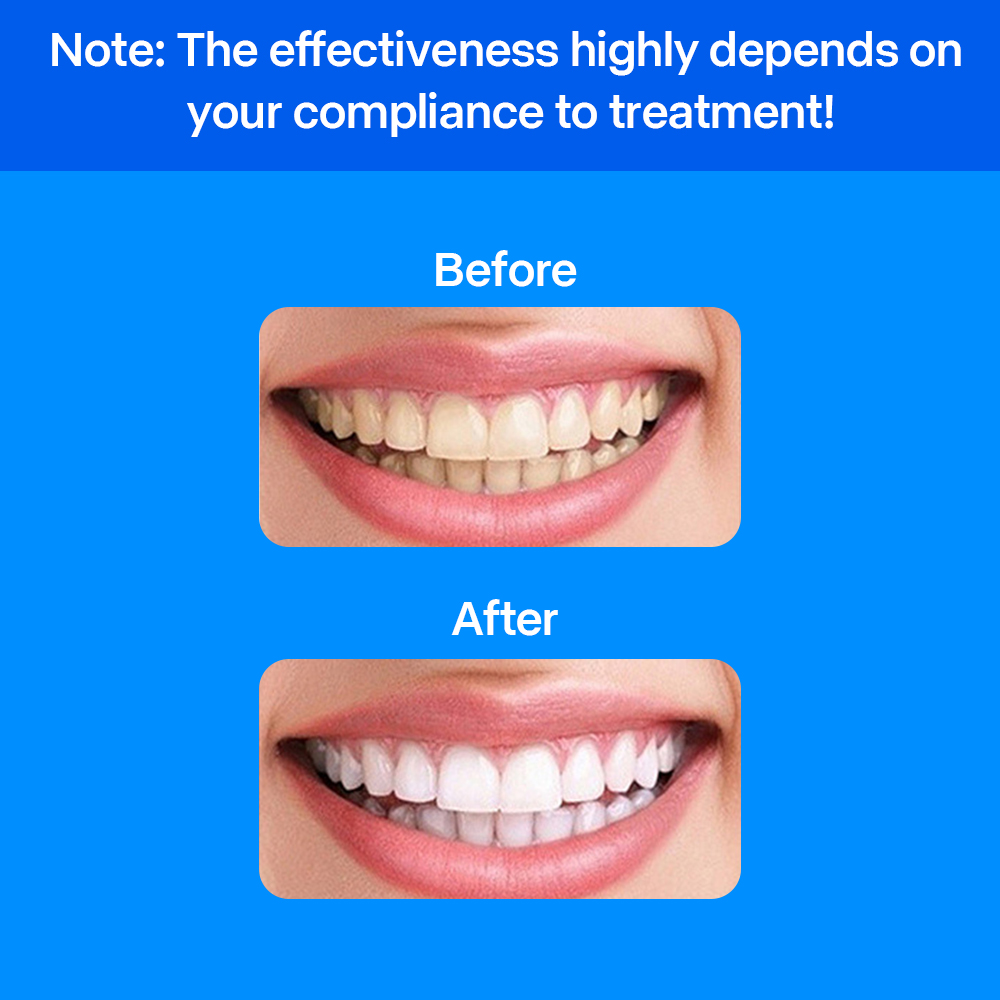
Different Ways to Whiten Teeth
.jpg)
Florida Electric Toothbrush – Powsmart PTR-C8

Private Label Whitening Gel

electric toothbrush heads Ultra Soft

Customization Teeth Whitening Gel

electric toothbrush heads Charcoal Infuse-Round

electric toothbrush heads Regular Clean

electric toothbrush heads Deep Clean

Electric toothbrush heads Charcoal Infused-Diamond
whstapp
whstapp
National Toll-Free Service Hotline
+86 755 86238638